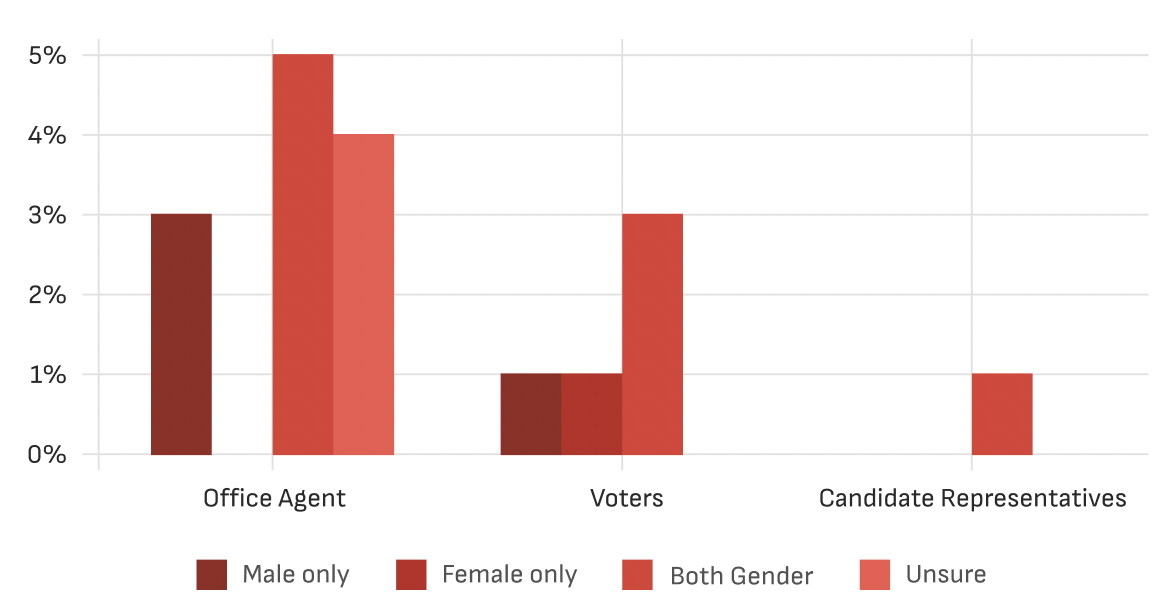What is vaw-e?
Violence against women in elections (VAW-E) can take many forms and occur throughout the electoral cycle, from pre-election through election day and the post-election period. Learn more about VAW-E.
Types of violence
- Economic
- Physical
- Psychological
- Sexual
- Threats and Coercion
Victim
- Activist
- Candidate
- Elected official
- Election administrator
- Observer
- Party member or supporter
- Voter
Perpetrators
- Candidate
- Elected official
- Election administrator
- Family member
- Member of security force
- Political party member or leader
- Other
Impact
- Discourage women from participating
- Influence women's participation
- Prevent women from participating
Countries
The Votes Without Violence project, initially developed by the National Democratic Institute, has examined violence against women in elections in the following countries. You can view each country's data individually or check out our cross-country analysis.
Cote D'Ivoire
Contested claims of victory during Côte d’Ivoire’s 2010 presidential election—the first in a decade—triggered widespread post-election violence, in which women were often the first victims.
Ghana
Guatemala
Kenya
Liberia
Nicaragua
Nigeria
Tanzania
Timor Leste
OUR DATA
Gathering data on VAW-E is an important part of taking action against it. Collecting, analyzing and presenting systematic data helps make the case that violence is a real and present problem. Data allows us to define and prove the problem, raise awareness, and spur action by governments, civil society and citizens.
COTE D'IVOIRE ELECTION DAY PERPETRATORS OF PSYCHOLOGICAL VIOLENCE BY ROLE

